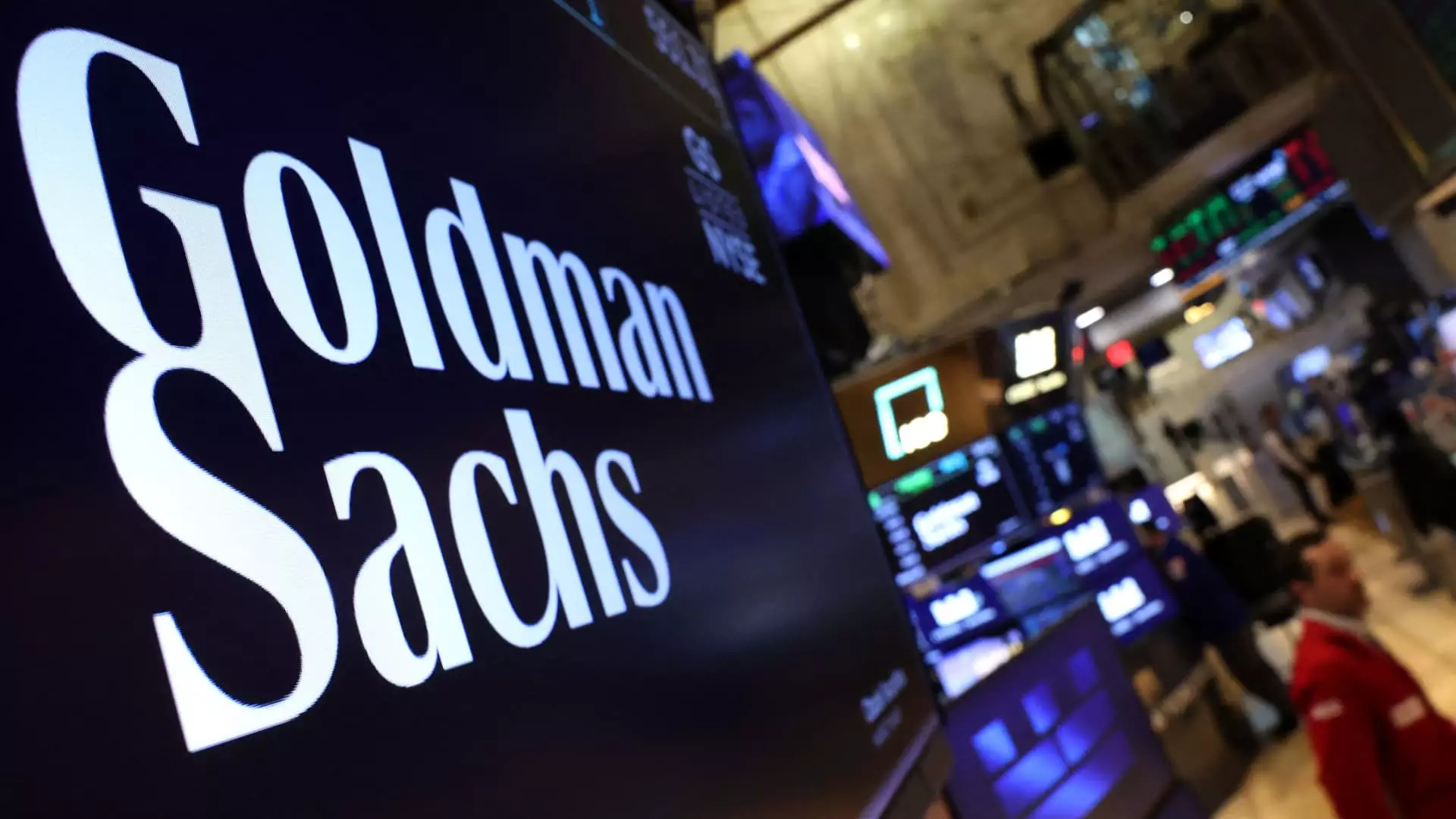The recent announcement by Goldman Sachs and Bank of New York Mellon to introduce tokenized money market funds signals a bold step toward modernizing the financial industry. While the allure of seamless digital transactions and increased efficiency is evident, this initiative also exposes troubling vulnerabilities in our financial infrastructure. The promise of transforming a $7.1 trillion industry with blockchain credibility warrants skepticism, especially when the underlying assumptions are overly optimistic and potentially perilous. The move might seem revolutionary, but it risks creating unintended consequences that could destabilize, rather than strengthen, our financial system.
In essence, what this innovation advocates is the digitization of traditional securities—money market funds—via blockchain technology. Proponents argue this will streamline transactions, reduce friction, and offer a new realm where assets can be transferred instantaneously across institutions. However, the reality is that converting a highly regulated, stability-focused asset class into a digital token sidesteps critical considerations about security, legal clarity, and systemic resilience. Are we truly ready to entrust our short-term cash equivalents to a nascent ecosystem that might lack the safeguards necessary to prevent widespread instability?
The Danger of Overhyped Efficiency
The narrative surrounding tokenized money market funds paints a picture of a frictionless financial future teeming with instant liquidity and seamless global payments. Claims that these funds can be transferred between entities without liquidation suggest a paradigm shift—one where assets are no longer confined by traditional settlement periods or geographic boundaries. While tempting, such assertions are overly simplistic and neglect the operational complexities and risks involved.
For starters, the existing infrastructure supporting money market funds has been cultivated over decades with robust oversight, risk management, and established legal frameworks. Transitioning these to a blockchain model introduces new attack vectors—cybersecurity vulnerabilities, smart contract malfunctions, and regulatory grey areas—that could compromise investor capital. Moreover, the assumption that all participating institutions can adapt smoothly to this digital overhaul underestimates the potential for cybersecurity breaches, fraud, and systemic failures that could ripple through global markets.
Furthermore, the claim that these tokenized assets will provide “new capabilities beyond speed” glosses over the reality that blockchain implementation is not immune to delays, technical bugs, and operational errors. The belief that this technology will automatically lead to more efficient markets is optimistic at best; past tech rollouts in finance have demonstrated that innovation often introduces complexity that takes years—if not decades—to fully realize without unintended consequences.
Systemic Risks and Regulatory Gaps
A fundamental concern with tokenizing money market funds is the regulatory ambiguity surrounding digital assets. While the US Congress has recently signaled support for stablecoins, creating a more conducive environment for crypto-based assets, the regulatory landscape remains fragmented and uncertain. Transitioning traditional money market funds into a blockchain-based model could blur regulatory boundaries, making oversight more challenging and increasing systemic risk.
The potential for these digital tokens to be employed as collateral or used in high-frequency margin trading raises alarming questions. Are these tokenized funds truly comparable to their conventional counterparts in terms of liquidity, stability, and solvency? If a significant portion of these assets is held on blockchain platforms vulnerable to cyber threats or operational failures, it could trigger cascading asset devaluations or liquidity crunches.
Moreover, the narrative often posits that tokenization will enhance transparency and accountability—yet the reality is the opposite. Blockchain’s pseudonymous nature complicates oversight, making it difficult for regulators to identify and address malpractices swiftly. The idea that these digital funds will underpin a more secure financial ecosystem resembles a house built on stilts—leaning heavily on unproven technology that might buckle under stress.
The Foreign Policy and Economic Implications
This push for digital asset integration is also a geopolitical concern. If American institutions succeed in creating a dominant ecosystem for tokenized money market funds, it could cement US leadership in digital finance—a position that rivals will scrutinize and challenge. The proliferation of such assets might also complicate international monetary policies, especially if stablecoins backed by US dollars become the de facto currency for global transactions.
From an economic standpoint, we should question whether a reliance on digital assets for cash management reduces the resilience of our financial system. Overdependence on technology-based solutions could diminish traditional safeguards, making the system more vulnerable to cyber peeks or technological failures. Additionally, as private institutions create these tokenized assets, they might prioritize profit over prudence, ultimately leading to a destabilizing squeeze on the stability of short-term investments.
In the final analysis, the enthusiasm surrounding tokenized money market funds masks fundamental risks. What appears to be a revolutionary leap forward could, in reality, be a Trojan horse—promising efficiency but lurking with systemic hazards that could undermine decades of financial stability. Caution, rigorous regulation, and a clear-eyed understanding of the risks are essential before we embrace these digital temptations.

